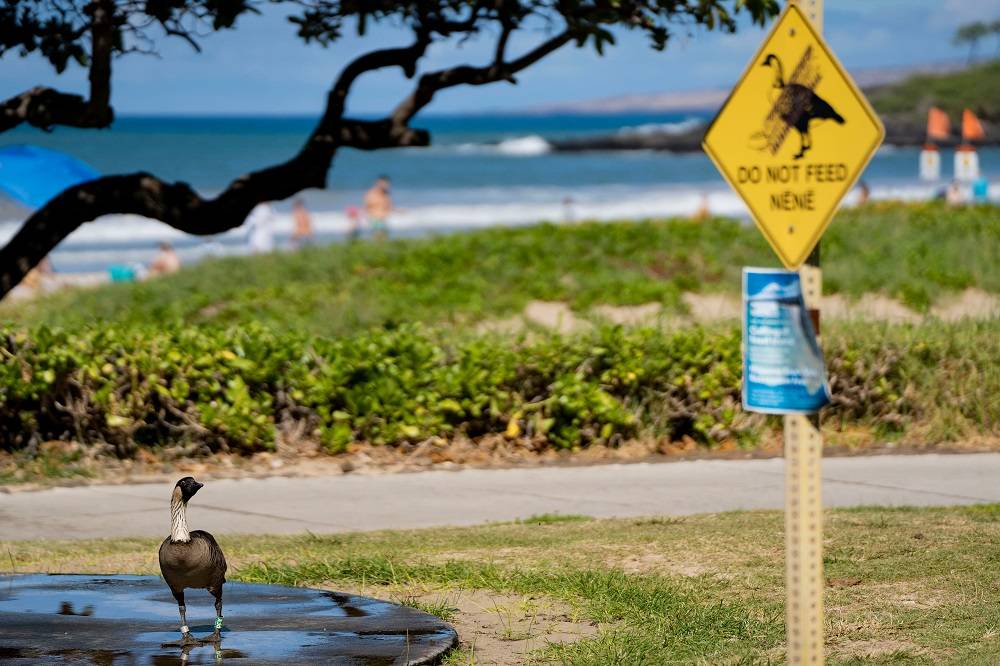Paul McCartney no longer gently weeps for his original bass guitar, The Associated Press reported.
A five-year search by the manufacturer of the instrument that was aided by a husband-and-wife team of journalists helped reunite The Beatles star with the distinctive violin-shaped 1961 electric Höfner that went missing a half century ago and is estimated to be worth 10 million pounds ($12.6 million).
McCartney had asked Höfner to help find the missing instrument that helped launch Beatlemania across the universe, Scott Jones, a journalist who teamed up with Höfner executive Nick Wass to track it down, said Friday.
“Paul said to me, ‘Hey, because you’re from Höfner, couldn’t you help find my bass?’” Wass said. “And that’s what sparked this great hunt. Sitting there, seeing what the lost bass means to Paul, I was determined to solve the mystery.”
McCartney bought the bass for about 30 pounds ($37) in 1961 when The Beatles were developing their chops during a series of residencies in Hamburg, Germany. The instrument was played on the Beatles first two records and featured on hits such as “Love Me Do,” “Twist and Shout,” and “She Loves You.”
“Because I was left-handed, it looked less daft because it was symmetrical,” McCartney once said. "I got into that. And once I bought it, I fell in love with it.”
It was rumored to have been stolen around the time The Beatles were recording their final album, “Let it Be,” in 1969. But no one was sure when it went missing.
What began as a long and winding road for Wass to track down the bass picked up speed when Jones serendipitously joined the hunt after seeing McCartney headline the Glastonbury Festival in 2022. The stage lights at one point seemed to illuminate nothing but the sunburst pattern on his bass and Jones wondered if it was the same instrument McCartney had played in the early '60s.
When he later searched the internet he was stunned to find the original bass was missing and there was a search for it.
“I was staggered, I was amazed,” Jones said. “I think we live in a world where The Beatles could do almost anything and it would get a lot of attention.”
Jones and his wife, Naomi, both journalists and researchers, got in touch with Wass to spread the word more broadly.
After hitting a dead end following a lead about a roadie for The Who, they relaunched The Lost Bass Project in September and within 48 hours were inundated with 600 emails that contained the “little gems that led us to where we are today," Jones said.
One of those emails came from sound engineer Ian Horne, who had worked with McCartney’s band Wings, and was the first big breakthrough in the hunt. Horne said the bass had been swiped from the back of his van one night in the Notting Hill section of London in 1972.
The researchers published the new information on their website in October, adding that Horne said McCartney told him not to worry about the theft and that he continued working for him for another six years.
“But I’ve carried the guilt all my life,” Horne said.
After publishing that update, a bigger break came when they were contacted by a person who said their father had stolen the bass. The man didn't set out to steal McCartney's instrument and panicked when he realized what he had, Jones said.
The thief, who was not named, ended up selling it to Ron Guest, landlord of the Admiral Blake pub, for a few pounds and some beers.
As the Joneses were starting to look for relatives of Guest, word had already reached his family. His daughter-in-law contacted McCartney's studio.
Cathy Guest said that the old bass that had been in her attic for years looked like the one they were looking for.
It had been passed from Ron Guest to his oldest son, who died in a car wreck, and then to a younger son, Haydn Guest, who was married to Cathy and died in 2020.
The instrument was returned to McCartney in December and then it took about two months to authenticate it.
The project had planned to announce the news but were upstaged by Cathy Guest's son, Ruaidhri Guest, a 21-year-old film student who posted photos Tuesday of the guitar on X, formerly Twitter, and wrote: “I inherited this item which has been returned to Paul McCartney. Share the news.” He posted a message Friday saying the family had been inundated with interview requests and would tell its story eventually.
The estimated value of the instrument is based on the fact that a Gibson acoustic guitar Kurt Cobain played on MTV Unplugged sold for $6 million (4.7 million pounds), Jones said. But it held almost no value during the past half century.
“The thief couldn’t sell it,” Jones said. “Clearly, the Guest family never tried to sell it. It’s a red alert because the minute you come forward someone’s going to go, 'That’s Paul McCartney's guitar.'”










